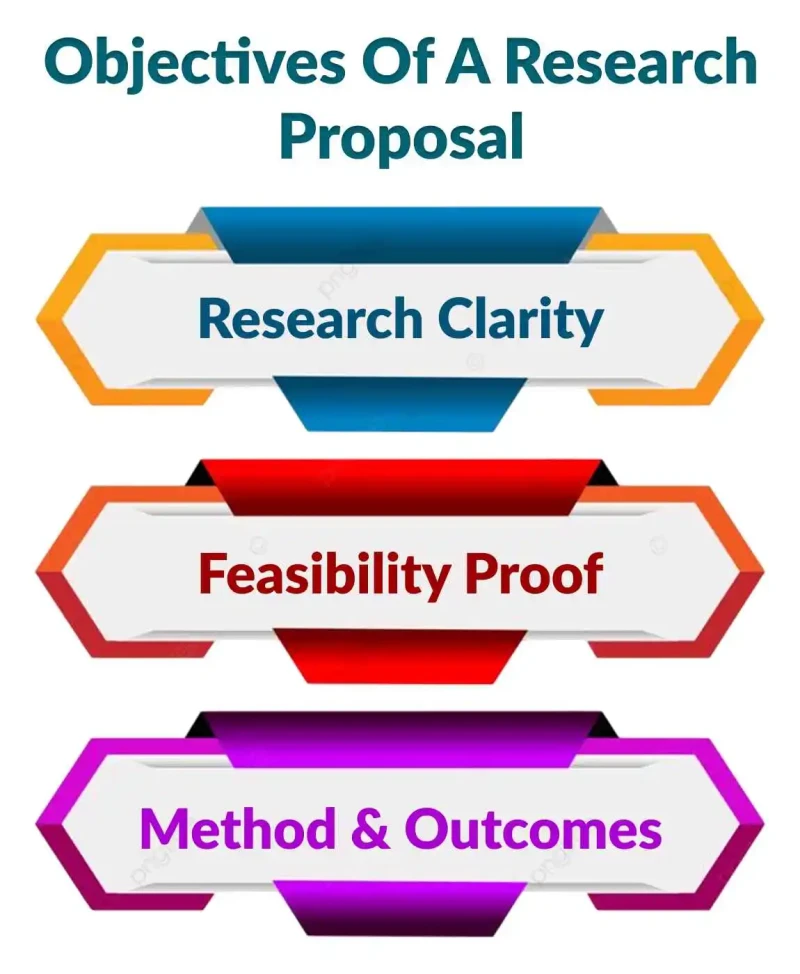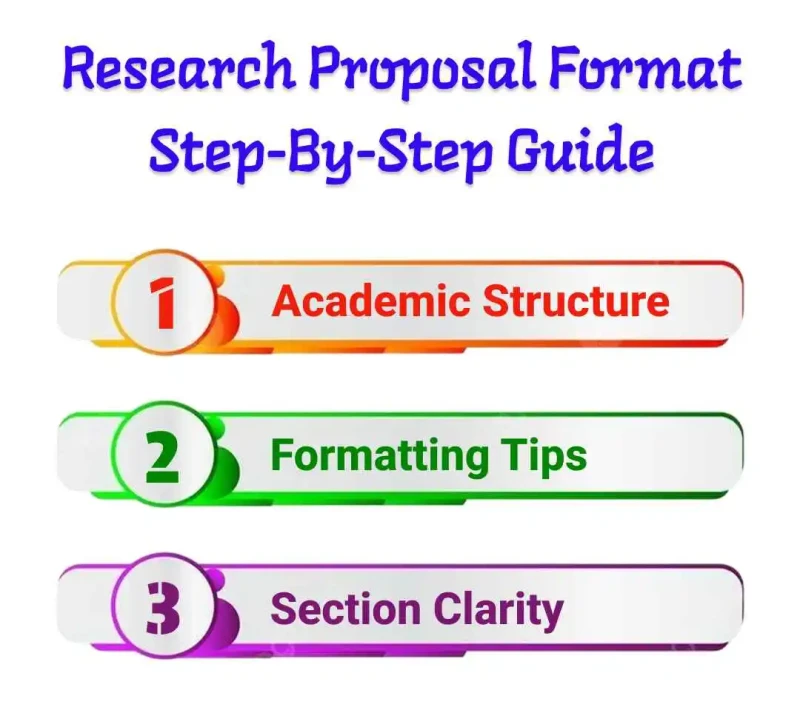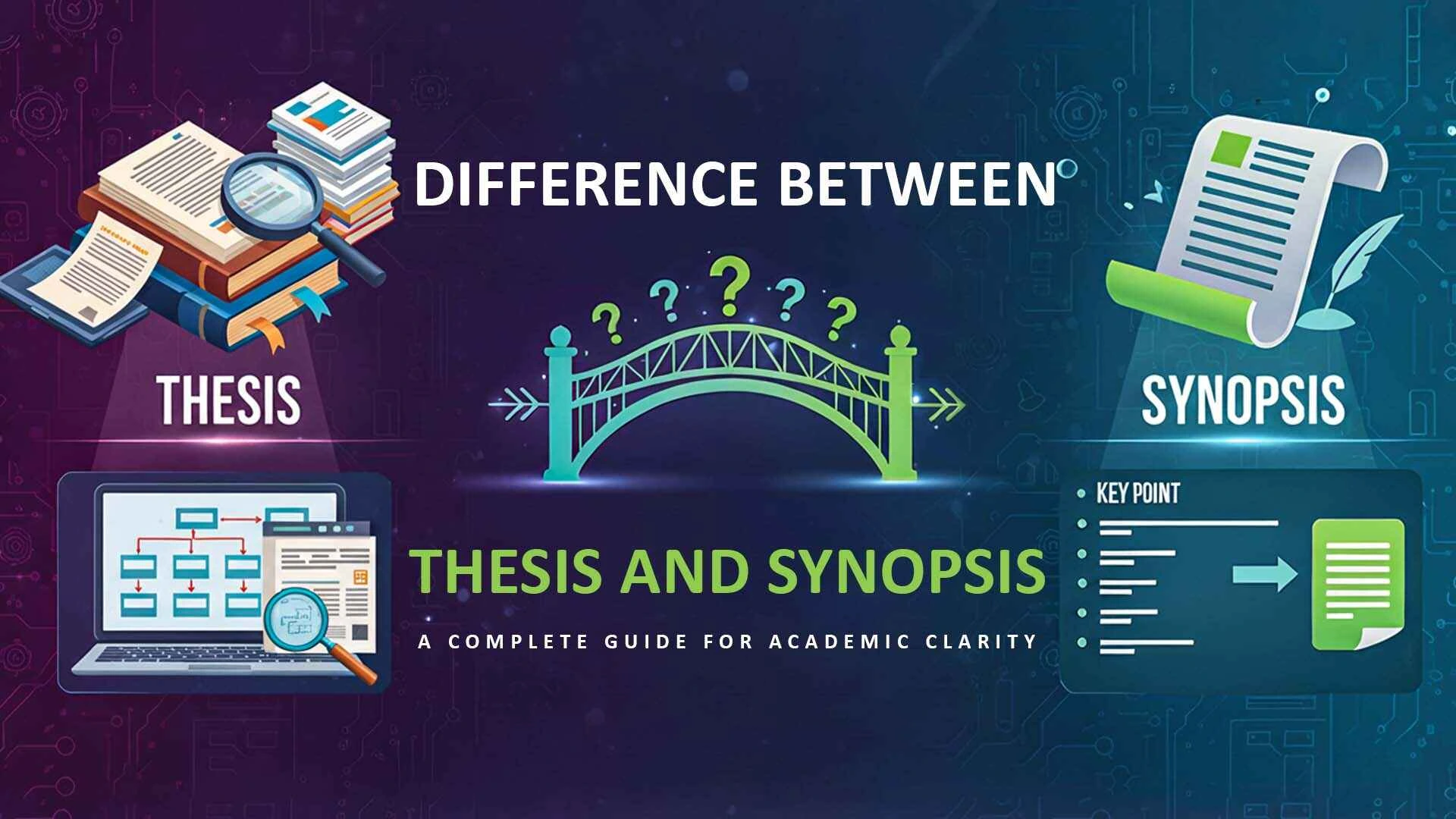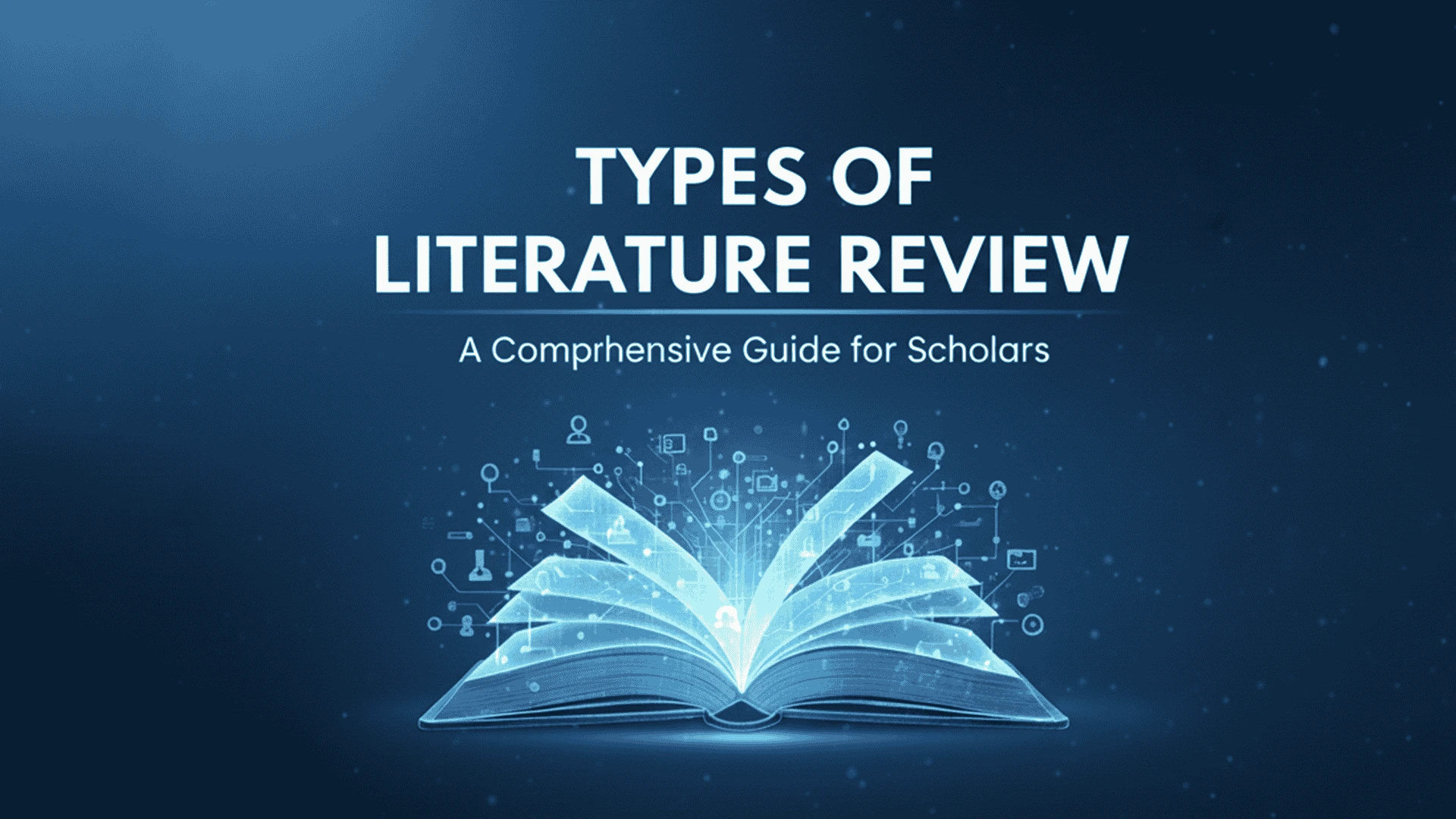
Santra
A research proposal is more than just a formal document; it’s the foundation of your academic project. The question which often puzzles people during the research process is how to write a research proposal. Actually, the primary purpose of the research proposal is to outline your research problem, objectives, and methodology in a structured way that demonstrates the value of your study.
In thesis, dissertation, and even research paper writing, the proposal plays a vital role. It acts as a roadmap for your work. It also helps you to convince supervisors or committees of your project’s significance and feasibility.
In this blog, you’ll learn how to write a research proposal, the proper format to follow, and practical tips to make yours stand out. If you’re new to writing a research proposal, this blog will simplify the process and provide you with clear, step-by-step instructions to get started with confidence.

The primary goals of a research proposal are to clearly put forward your research concept, emphasise its feasibility, and state the methodology and anticipated results.
Research Clarity – Identifies the purpose, scope, and significance of your study.
Feasibility Proof – Indicates that the research can be undertaken within available time and resources.
Method & Outcomes – Describes the method and sets out the expected findings or contribution to the field.
Together, these objectives ensure that your proposal not only communicates the value of your research but also convinces evaluators of its academic and practical significance.
A well-structured research proposal serves as a roadmap, guiding both the researcher and the reviewers through the study’s purpose, design, and significance. Including all essential components ensures clarity, credibility, and a higher chance of approval.
Indicate the title page with your research topic, your name, institution, and date. A well-written title automatically informs readers about the focus and scope of your research proposal.
Provide a short synopsis of the research problem, methodology, goals, and expected findings. Your summary must be 150–250 words, giving readers an idea of the significance of the study and methodology.
Present the research problem, listing significance, background, and context. Define precisely why this research is important so that readers will understand the rationale for your study.
Learning to write a literature review enables you to critically evaluate existing studies, understand how your research fits within the broader academic landscape, and develop strong, evidence-based research questions. This process enhances your ability to analyse sources thoughtfully and pinpoint specific research gaps that add value to your study.
Formulate clear research questions or objectives that guide your study. They should be quantifiable, tangible, and address explicitly the gaps that have been uncovered in your literature review.
Describe the overall methodology, data collection, and analysis methods. Make sure methodology and research questions align for valid, reliable findings. Discuss research design and methods for selecting proper qualitative, quantitative, or mixed methods designs. Proper design makes your study answer objectives effectively.
Discuss ethical processes, including informed consent, confidentiality, and participant safety. This shows regard for research integrity and complies with institutional requirements.
Describe how your research contributes to knowledge, policy, or practice. Highlight potential societal, academic, or practical implications to make your proposal more relevant.
Provide a realistic timeline with research phases, timelines, and deliverables. A clearly stated plan reflects the planning and viability of your proposed research.
For funded projects, detail expected costs, including materials, travel, and personnel. Effective budgeting reflects preparedness and credibility to funders.
List all sources cited per your institution's preferred citation style. Proper citation ensures academic integrity and supports your research arguments.
A strong research proposal is more than just an academic requirement; it is the foundation of your study. By including all essential components, you present a clear plan, demonstrate credibility, and communicate the value of your research.

A research proposal format provides a clear structure to present your study idea, objectives, and methodology in an organised way. It ensures your research plan is professional, systematic, and easy to follow.
Follow closely the guidelines of the university or journal requirements for headings, sections, and overall layout. Following proper structure guarantees that your proposal is academically acceptable, professional, and institutionally compatible as far as scholarly presentation is concerned.
Employ a uniform font, spacing, and reference style throughout your document. Proper formatting makes your proposal readable, attractive, and testifies to your attention to detail and commitment to academic excellence.
Organise all sections sensibly with brief descriptive headings and smooth transitions. Proper organisation will enable reviewers to track your research goals, methodology, and overall flow of thought easily. You can take a look at the detailed research proposal format information to have examples to arrange your work in the right way.
Writing a strong research proposal is your opportunity to demonstrate the originality, significance, and feasibility of your study. A well-crafted proposal not only communicates your research plan clearly but also convinces reviewers of its academic value. This guide outlines key steps to create a compelling, structured, and academically sound research proposal.
Your title and introduction are the first impression of your proposal. A compelling title should be concise, informative, and reflective of your research focus. It should clearly indicate the topic, scope, and relevance of your study.
The introduction should:
Provide context and background for your research.
Highlight the research problem or gap you aim to address.
Explain the significance and relevance of your study within the field.
Engage the reader by clearly stating the purpose and potential impact of your research.
Ensure that your title and introduction not only inform but also captivate. A strong opening sets the tone for the entire proposal
A targeted literature review demonstrates your understanding of the existing research landscape and identifies gaps your study aims to fill. A strong review should:
Critically evaluate previous studies, noting strengths and limitations.
Identify trends, inconsistencies, and unresolved questions in the field.
Justify why your research is necessary and how it will contribute to knowledge.
Your research questions or hypotheses form the backbone of your study. They should be:
Clear, specific, and measurable, aligned with your research objectives.
Focused enough to guide the methodology but broad enough to allow meaningful analysis.
Directly derived from the literature review and identified gaps.
Example: Instead of asking “How does social media affect students?”, refine it to “How does Instagram usage influence academic motivation among undergraduate students in India?”
Selecting an appropriate research methodology ensures your study is systematic, reliable, and replicable. Your methodology section should detail:
Research design (qualitative, quantitative, or mixed methods).
Sampling methods and participant selection criteria.
Data collection techniques (surveys, interviews, experiments, etc.).
Data analysis strategies.
Highlighting the originality of your research is crucial. This section should clearly show:
How does your study fill gaps identified in the literature?
The novel approaches or perspectives you are bringing to the field.
Potential impact on theory, practice, or policy.
Ethical considerations are crucial for gaining approval from institutional review boards and for complying with legal standards. Your proposal should address:
Informed consent and participant confidentiality.
Potential risks and mitigation strategies.
Compliance with ethical guidelines specific to your field or institution.
A realistic timeline and budget reflect the feasibility and organisation of your project. Include:
Milestones and deliverables for each research phase.
Time estimates for literature review, data collection, analysis, and reporting.
Budget allocation for materials, software, travel, participant incentives, and other resources.
Reliable references and robust data sources strengthen the validity of your proposal. Ensure:
All sources are credible, peer-reviewed, and current.
Data is accurate, verifiable, and supports your research rationale.
Proper citation style is consistently applied.
Engaging a professional research proposal writer can significantly enhance your proposal’s quality. Experts can help:
By organising the content clearly
Highlighting originality and significance.
Making sure it follows academic standards and submission guidelines.
Tip: Professional guidance is particularly valuable for first-time researchers or PhD scholars aiming for high-impact journals.
When you hire a research proposal writer, you also benefit from expert support in literature review analysis, ethical compliance, and timeline and budget planning, giving your proposal a polished, submission-ready finish.
Invest in expert support today to make your proposal stand out, maximise its impact, and increase your chances of approval and successful research execution.
Before submitting your research proposal, it’s essential to ensure every element is accurate, coherent, and professionally presented. A final checklist helps you catch errors, strengthen your arguments, and improve clarity, increasing the likelihood of approval.
Verify consistency of research aims and methodology.
Review the budget and ethical claims for truthfulness.
Verify literature review highlights research gaps.
Verify consistency of references and citations.
Review formatting: headings, font, spacing.
Review for readability, grammar, and conciseness.
Completing a thorough final review ensures your research proposal is polished, coherent, and credible. Following this checklist boosts confidence in submission and demonstrates professionalism to reviewers and funding bodies.
It can be difficult to compose a research proposal, but a good format and structure guarantee clarity and maximise the chances of approval. Under good guidance, you can comfortably work on a proposal that guarantees originality, feasibility, and academic rigour.
In need of professional academic help, reach out to us to take your research proposal to the next level for the right research guidance.

Top 5 Best Literature Review Writing Service for PhD Scholars

Difference Between Thesis and Synopsis: A Complete Guide for Academic Clarity

Types of Literature Review Comprehensive Guide for Scholars

Best PhD Assistance Services

The Top 6 Best Research Paper Writing Services